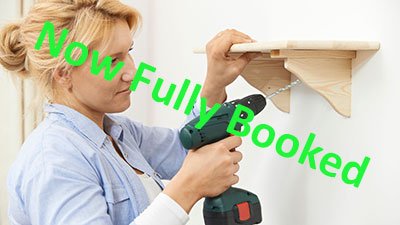
by Caroline Henn | Oct 6, 2024

by Caroline Henn | Sep 18, 2024

by Caroline Henn | Sep 18, 2024

by Caroline Henn | Sep 18, 2024

by Caroline Henn | Sep 18, 2024

by Caroline Henn | Sep 18, 2024

by Caroline Henn | Sep 18, 2024

by Caroline Henn | Sep 4, 2024
